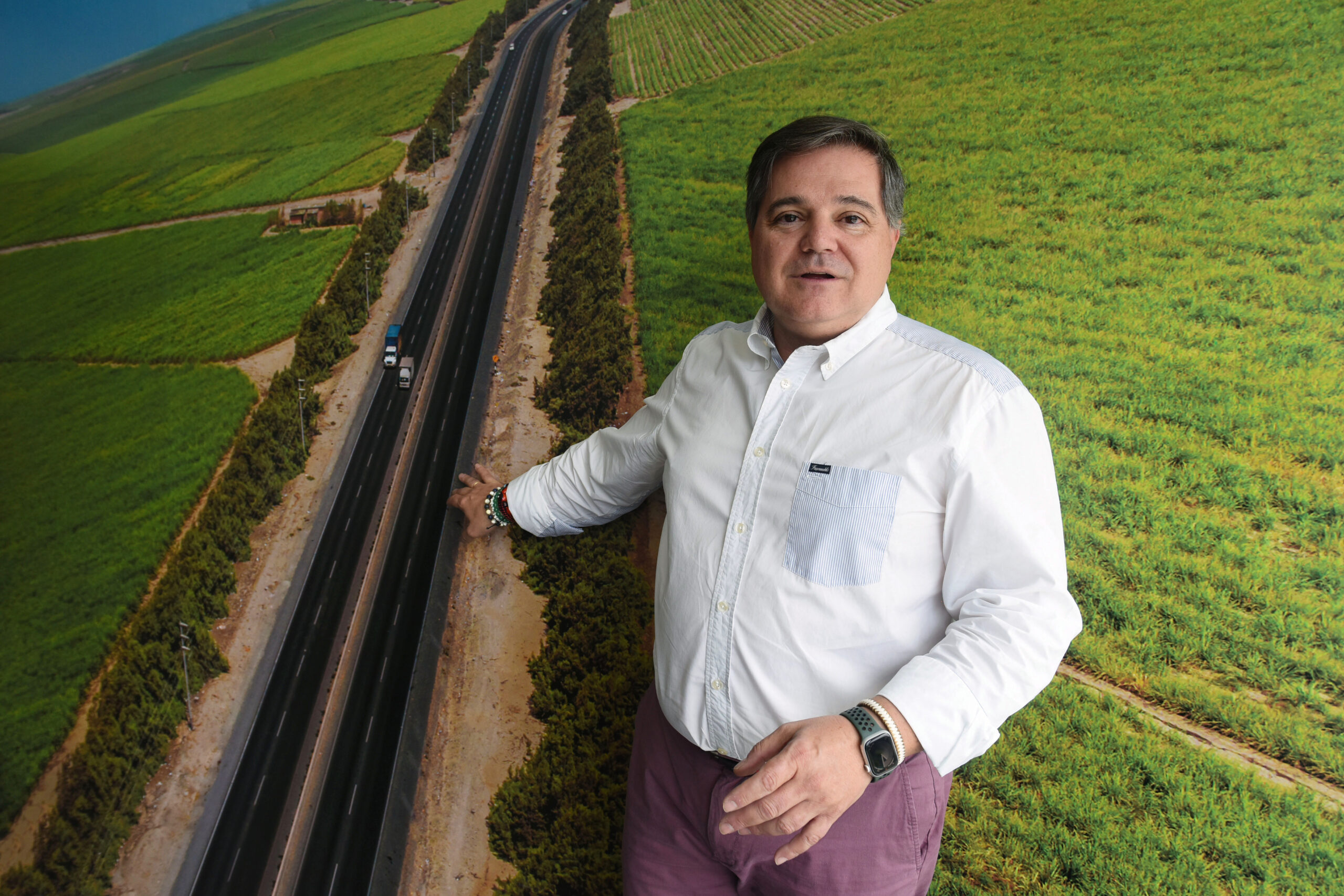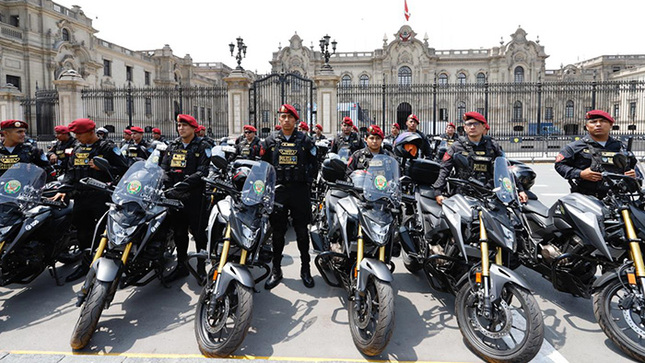Rafael Moya, general manager of Aunor-Sociedad Concesionaria Autopista del Norte, part of the group of Australian origin Aleástica, explains that in addition to receiving the order to manage a 356-kilometer road in northern Peru, the company is aware of the contribution to the flow commercial, tourist and the connectivity that the highway that is under its operation represents.”
That is why they are promoting important projects, such as the Chimbote Avoidance Highway, which is 70% complete, and they aim for the work, which includes three bridges (Cascajal, Santa and Lacramarca), to conclude at the end of October. , or even before.
It is a 40 kilometer highway, with 10 already completed. A small section of that initial part, which is the connection with the Panamericana, is even already in service.
Moya emphasizes that one of the benefits of this type of expressway is to return the city to the pedestrian.
There are no urban sections on the road. “We must leave the city for the citizens. There cannot be heavy vehicles passing through the city, unless they have a destination within.”
In other points in the north, such as Huarmey, Virú and Casma, the company awaits the delivery of the land by the State to begin the construction of new avoidances. In the case of the Chao and Virú sectors, anyone who has gone to the modern agro-export enclaves knows that losing more than an hour in a short space conspires against the development of the country. It is crashing into the third world to suddenly arrive at the first.
The experience of the road network 4
The experience that Moya tells is graphic: “the Four Road Network is a project that was awarded in 2009.” There are a total of 356 kilometers in length in the Pativilca-Santa-Trujillo and Puerto Salaverry sections. “The technical files for the avoidance ended in 2015. We are talking about seven years of delay for the release of land that was already completely located. There comes a time when you don’t know what’s happening.” Amid the recurring changes in bureaucracy, however, he recognizes that “the team that exists now is pushing. There is a certain line of continuity.”
He estimates that from the moment the land is delivered, each avoidance will be ready in between two and two and a half years. In the case of Chimbote, in which the land was delivered in February 2021, “it is a quite complicated area with many farms, so we are doing more than 300 irrigation interventions so as not to harm the people.”
The project has been classified as one of ten nationwide capable of reactivating the economy in the post-pandemic. It ranges from intensive labor at the local level to the possibility of reducing the trip from Lima to Trujillo by two hours, with the consequent impact on the northern industry and the ease of moving its products, in addition to the evident improvement in quality. of people’s lives.
Investment in safer roads
The work of the concessionaire is accompanied by an ambitious five-year program of actions to combat road insecurity, which was an initiative of the company, this is the Accident Reduction Program (PRA), “Our objective is to reduce the number of accidents to zero,” he announces. “The majority occur due to the human factor. We have a training program in schools, transportation centers and bus companies. Many truckers stay at night at tolls because there are no rest areas. “They feel safer because it is a place of light.”
Between 2021 and 2023, around S/.22 million was invested and this year it will be another S/.9 million. “We have improved curves, signage, speed reduction in dangerous points, safety barriers, side resonators so that the driver does not fall asleep.” In addition to lighting in all ovals of the road network. This comes from solar generation, which reflects another pillar of the company, which is sustainability, for which they have been promoting the formalization of associations of recyclers of the communities in their area of influence.
Currently, more than 50% of Aleatica managers in Peru are women. “We are looking for the ideal profile and we are not looking at whether it is a man or a woman,” admits Moya, who wonders why Peru cannot have the same road standards as, for example, Milan. It happens that in many cases times change for the better. But the car has to be pushed.
#Economy #Business #North
– 2024-05-09 12:23:43


